Even if you tour India in air conditioned comfort from start to finish you’re sure to come across all forms of transport and events that will hinder, annoy or tempt you to try them out – just because it’s part of the country and the magical madness of it all.
The very best of transport in India still has its foibles, isn’t always what you’d expect in the West or still has to navigate around everything that India has to throw at it. It’s worth remembering that you’ll travel far greater distances in India between destinations if you intend seeing many of its attractions, than you would normally choose to do at home.
Be prepared!
Here’s our light-hearted look at what to prepare for. So, arm yourself with a bottle of water for the journey, perhaps a snack in case of delays and a healthy dose of letting fate take its hand – you’re about to embark on a journey you’ll never forget and if you’re prepared for it you’ll be able to deal with it in good humour rather than frustration. Frustration doesn’t work in India – you’ll only upset yourself!
Sights you’ll see – and perhaps experience
By Road around India
You’ll undoubtedly hire an air-conditioned car or people carrier, arranged through your tour operator or travel agent for the duration of the journey’s you do internally; or until you transfer to a train or aeroplane. It’s by far the best way to get a flavour of rural India as well as immunising you from the heat and noise but not from the fascinating array of transport that will surround you.
The M.O.T. doesn’t exist in India and if it did no one would take any notice, or pass over a few rupees to circumvent it. You won’t be surprised to come across the remains of many types of vehicle by the roadside, in various stages of repair or abandonment.
This will vary from a disembowelled lorry with its crew hard at work on replacing an axle in the middle of the road, a bullock cart with its wooden wheel in pieces being strapped back together or a motor-rickshaw on its side having the exhaust tied back on.
The roads outside the cities (and often within them as well) are often broken, rutted or inadequate for the volumes of traffic you’ll encounter. Most State Highways are the equivalent of British ‘B’ roads, barely wide enough for two vehicles to pass each other without consigning one to the rutted earth at one side or the other. As we lived in India, we always drove ourselves in our own vehicles and became used to the madness of travel – but even we gave way one day to a jeep that was barrelling along the road towards us with its bonnet up and obscuring the driver’s vison completely; whilst a youngster sat on the front wing with his legs inside the engine compartment, holding the throttle open and yelling directions back to the driver.
Maximum speed on these roads rarely exceeds 80Kph (50mph) but that still represents a closing speed of 160Kph (100mph) so it can be hairy at times.
The beauty of travel by car is that you have the opportunity to stop whenever you wish to enjoy the sights around you; whether its the markets, temples, processions, or just mixing with the locals.
Always ask your driver if it’s OK to get out of the car or to halt in a place as the ever-curious Indian people can become over friendly and fascinated by Europeans, especially if you’re in a remote area – and what starts out as idle curiosity can evolve into an oppressive crush around you if allowed to develop. It’s highly unlikely that you’ll have a problem but as with all things it’s better to be aware than surprised.
Don’t be put off by constant use of the horn as it’s a method of making people and animals aware of your presence; not used in aggression.
So, let’s take a look at the transport you’ll encounter:
Bicycles. These are mostly of the old ‘sit-up-and-beg’ type with short curved handlebars and no gears and will be ridden by all ages including young children who have to put their legs through, rather than over, the crossbar in order to reach the pedals.
Bullock carts. Can be found in both cities and rural roads, often heavily overloaded; or with a whole family en route to market; or with the driver fast asleep at the reins – or all three.
Buses. Disregarding the air-conditioned modern coaches that are monopolised by tourist groups; should you choose to brave the regular bus services, simply for the hell of it, then beware of the following.
City buses are usually gas powered now and run regular services within cities on set routes. Ask locally for the best bus to get anywhere but a taxi is usually a better bet.
Inter-state buses that travel vast distances are less reliable, both in terms of schedules and condition. The ‘bus stand’ is the term used for the main bus station in any town and here you’ll find the timetables and schedules together with what looks like a scrap yard of buses. These will be your transport. The buses are generally in a poor state of repair, often with bald or patched tyres, cramped, uncomfortable and poor seating with draughty windows and occasionally a roof that cants back and forth as the bus brakes or accelerates. This might be because of the raft of packages and people riding on the roof of the bus. On one hair raising journey around hairpin turns in the Himalayas, we even had the driver leaning over to top up his leaking brake master cylinder with brake fluid as it slopped over the top during braking.
It’s highly unlikely that you’ll ever consider travelling by bus as a luxury traveller but it just depends to what degree you wish to experience the real India. Most are happy with a rather more detached and benign look at the country from the relative safety of their own a/c car.
Cars. Increasingly modern Japanese compacts with some more exotic saloons in the cities. Not always driven by people used to speeds greater than a Vespa or bullock cart.
Car Hire is virtually unknown in India and unless you’ve got nerves of steel best avoided anyway.
Camels. Often used by nomadic or transient families, especially those migrating to the east from Rajasthan; camel trains can be seen laden with families and ponderous loads of belongings as they trudge the roads in search of new homes and farmland. They are still used as tourist transport in Rajasthan and the annual camel fair at Pushkar is fascinating.
Cycle Rickshaws. These pedal driven tricycles are now finding favour in a much modified form in many European cities. In India, they remain as low-geared contraptions on which the riders, often more wiry than the cycle frames, transport improbable loads of people or packages.
Elephants. Still used for working, Indian elephants are remarkably docile and incredibly strong. You’ll often see them on the roads and tracks in and near jungles for moving trees and boulders after the rains.
More frequently you’ll see them in the national parks where you can arrange for an elephant safari. These are very popular and it’s well worth booking them in advance of your trip. You won’t cover the distance that a jeep does but you’ll have access to parts of the parks that no vehicles can reach – often a huge bonus if the mahouts have discovered tiger and track it into the forest with you.
Although our sons got used to running up the elephants trunk whilst holding onto its ears, more often than not you’ll be loaded onto elephant back from a raised platform and deposited into a howdah that will seat six. Sometimes if your jeep meets elephants at a rendezvous in the jungle after a sighting, you’ll climb into the howdah from the back of the vehicle.
Unless you’ve booked an elephant for yourself then six to a howdah is a squeeze and too much kit becomes a nuisance; including hats that can be swept from your head as you brush under branches. The gait of an elephant is a long rolling ponderous one as it tests every step in rough terrain and whilst extremely safe you can find the movement unpredictable when the elephant climbs or descends a steep incline. Just hang on and roll with it!
Elephants for us are one of nature’s marvels; with the strength to snap arm sized branches with a simple twist of the trunk, yet ferret around for a dropped lens cap in the undergrowth and return it to the mahout with infinite delicacy; gripped in the soft flesh at the end of the same trunk.
Lorries. Rarely modern, frequently decrepit, nearly always belching fumes or looking as if they’ll fall apart at any minute. Often looking like exotic travelling circuses, nearly all have ‘Awaaz Do’ or ‘Make noise’ on the back, urging you to use your horn, alerting the driver to your presence before overtaking. Travel at night can be hazardous as many lorries have either one or both headlights out and the drivers are often drunk.
Motor Rickshaws. These zippy little tricycles often with five or six people crammed inside were increasingly relegated to the outskirts of cities because of the pollution they created. The introduction of propane gas rickshaws has seen them make a reappearance but the method of securing a good price remains the same. They’ll take you around the corner or to the next town if you’re hardy enough. They’re a unique experience for local travel and will often leave you with your heart, or a generous helping of diesel fumes, in your mouth from nearby vehicles.
All that said; they’re great fun. It’s well worth insisting that the driver use his meter and making sure he does actually activate it but many claim they are broken, so it’s down to haggling for a ride. It does help if you know roughly how far you’re going and well worth while asking at your hotel what an average fare should cost to where you wish to go – although the concierge will look askance at you and suggest an a/c car arranged to the hotel door.
If you’re out and about and simply approach a rickshaw driver, ideally you’ll end up with a fare that’s roughly thirty percent of what he’s asked; then you’ve probably done well. Be prepared for a roller coaster ride that you won’t forget in a hurry but you’ll have experienced the reality of local travel.
When haggling for any fare, remain calm and good natured. We usually feel that we’ve got a fair fare when the driver eventually agrees with a wince.
Motor scooters and motorbikes. The old Enfield 350 and 500cc bikes are more novelties now and have given way to the more zippy Japanese equivalents. Don’t be surprised to see a family of up to six people of all ages on any one of them – or a haystack, set of ladders, plastic containers or even a cow – all of which will extend the width of the vehicle by up to at least five times. Although helmets are becoming compulsory this is often circumvented by the use of plastic hats.
Safari Jeeps. These are generally owned and operated by the lodge that you’ll stay in but can also be rented on an ad hoc basis from outside the parks. The Suzuki Maruti long wheelbase jeep is the mainstay of the jungles and the degree to which they are equipped and the seating arrangement varies from camp to camp. We favour seating that is arranged in parallel with the driver and passenger seat as opposed to bench seating that runs either way down the sides at the rear of the jeep as this makes it difficult to move for photography or viewing. Some jeeps have an additional row of seats which overhang the back of the vehicle. Ideally you want to travel in a jeep with no more than three other people as space is limited, especially if you’re carrying cameras.
Taxis. The ubiquitous ‘Ambassador’ or Morris Cowley lookalike is still to be seen all over India – usually as taxis. The Fiat in Mumbai is as common as the Ambassador in Delhi but carries much less – although the driver’s don’t always ascribe to this view and cram just as much in. The drivers will use meters if asked but will generally quote a fare to your destination that will be double what the going rate is – so be prepared to haggle or pay through the nose! Depending on your preferences, most taxis will become air conditioned by opening the windows, albeit more are offering true a/c but these are generally better arranged through your hotel, usually at a premium price.
In rural areas the Mahindra jeep is often used as a taxi/local bus and can be hired in its entirety or by the seat. The Mahindra has to be one of the most basic, uncomfortable, derelict vehicles still running the Indian roads and can often be seen travelling far too fast, laden excessively with packages and people. It’s not unusual to find one upside down or in a ditch.
You generally get what you pay for in taxi travel and it all depends on what type of experience you’re seeking – quick, clean comfortable travel to a destination or much more basic transport as an experience in itself.
Tempos. There are thankfully not many of these contraptions left in India as they are the epitome of pollution. They look like larger stretched motor-rickshaws, usually carry up to twenty people and often have an exposed diesel engine above the single front wheel. We’ve used them from Jhansi to Orcha and they tend to run regular services between destinations with marked and unmarked stops – as a kind of Heath-Robinson bus service. More modern gas-powered vehicles are replacing these monstrosities.
By Rail around India
You’ll probably have your tour operator, travel agent or ground agent supply you with pre-booked tickets – ideally for something luxurious like the Maharaja Express. If, however, you’re more adventurous and have requested an interconnecting rail journey between cities where airports don’t exist and you don’t fancy a long car drive, then you’re in for a treat!
We won’t go into the vagaries and trials of buying your own tickets at stations here as it involves far more hassle than the luxury traveller will ever want to contemplate – with tourist quotas, currency conversion, timetables, class of travel choices, PNR numbers, train codes and the general mayhem at stations – we could write a book on that alone.
If you can be escorted to your carriage, so much the better but if you’re dropped at the station and have to make your way to the train then be aware of the following:
Uniformed Porters, often in scruffy red smocks (don’t give your bags to anyone else) will carry your cases for the equivalent of about a £1/$1 a case. It’s well worth it as your platform can be quite a hike from the road in the larger cities such as Delhi or Mumbai and the porters will know which platform your train departs from.
It’s also worth splashing out a few rupees for a length of chain and padlock at a station shop, the purpose of which will come clear if you’re travelling overnight.
Please avoid being distracted by beggars as many are maimed at birth to pay pimps and if you really want to give money away then do so to a recognised charity. There are many pitiful sights but you can’t solve it with a few rupees and often attract a hoard around you as a result. Be polite but resolute and walk on.
Railway platforms are a capsule of Indian humanity and often serve as sleeping quarters, urinals and impromptu food stalls depending on which part of the country you’re in. Considering the millions of people that travel by train daily, it’s a miracle that everyone seems to get to where they’re going at all. You will undoubtedly find yourself stepping over sleeping families, numerous boxes and trunks, or being carried along by the throng.
Without being too melodramatic, always look as if you know what you’re doing, even if you don’t – don’t let your possessions or bags out of your sight. As a general rule in life – people who look and act like victims often become one.
If you are travelling on a normal scheduled train then be aware that it will probably be filthy dirty on the outside and generally grubby within. The sheer volume of humanity that passes through makes them almost impossible to keep clean. First Class A/C and Second Sleeper are about as basic as you want to travel and don’t be surprised to find hawkers, food and tea sellers walking the length of the train at all hours of the day and night. Tea or ‘chai’, as they’ll holler the length of the carriage, is safe and refreshing to drink for a couple of rupees, having been boiled into oblivion before the train arrived at each station.
Trains don’t stop for very long at stations so don’t be tempted to get off for some sightseeing or you may end up seeing more of the stop than you wished.
If you’re travelling overnight then your seat will most probably change into a bed (which you need to do yourself) and your fellow passengers will help you with this if it’s not obvious from what they’re doing. Stewards will bring sheets and blankets around but it’s good to carry your own shawl or wrap as the a/c can make you very cold at night. The carriages should be locked to avoid hawkers during the night but it can’t be guaranteed so here’s where your lock and chain comes in handy for securing your bags to the metal seat loops. Valuables should be kept under your pillow.
First and Second Sleeper usually offer catering within the price and you’ll be asked to order ‘veg’ or ‘non-veg’ sometime before a tin foil container and other nibbles are delivered to you. The tin foil tray will flex under the weight and heat of its contents and although it might not look too savoury we never had any tummy troubles with anything presented on the trains.
Toilets are never a delight in Indian trains however and even if they’ve got ‘western seats’ as opposed to ‘giant’s footsteps’ that you squat over, are best left until you’re beside yourself.
Whereas in Britain average journey times extend into a few hours, it’s not unusual for Indian trains to travel for two whole days! It’s always worth getting used to your fellow passengers as train stations are not always announced and it’s important to get off at the right place – especially if arriving at somewhere such as Mumbai that has three or four stops within Mumbai before the end of the line. People are immensely friendly and hospitable but we were often warned by our contacts in the British Consulate not to accept food from any passengers as it can be drugged in order to relieve you of your possessions. Our children travelled the length and breadth of the continent by themselves on trains and never encountered a single problem – but forewarned is forearmed.
We’ve always regarded train journeys in India as a bit of an adventure but it’s not for the faint hearted and we’ve met very few friends who’ve taken to it as a wonderful experience.
‘Toy Trains’ still exist to the Hill Stations of Ootacamund in the south, Simla in the northwest, Matheran in Maharashtra and Darjeeling in the northeast but the original steam engines are being replaced by diesel on the mountainous, winding tracks through the hills as they become more difficult or uneconomical to maintain.
The Palace on Wheels and the Maharaja Express in particular are more luxurious and an experience in their own right but for general A-B travel the Indian rail network is comprehensive, extensive, generally punctual and a true reflection of every aspect of Indian life.
Metro. Here we include the recent Delhi Metro or underground railway and the Mumbai overland Suburban railway commuter train and rapidly developing Mumbai Metro One and Monorail. All those in service heave at the sides during rush hour with the Delhi Metro handling over two million passengers daily since 2002 and the Mumbai Suburban railway network handling an eye watering seven million per day (more than half of the total passenger count for the whole of Indian Railways on a daily basis). It’s the oldest railway in Asia, having been built by the British in 1853.
These trains literally burst at the seams with masses of humanity hanging onto every possible extremity during rush hours and often falling off with fatal consequences.
They’re very handy trains for getting out into the suburbs where some of the markets and malls are but you do need to know which station you’re getting off at and make sure you’re on the correct side of the carriage; as crossing the carriage width might take longer than the train is in the station for.
There are nine major cities in India with rapidly developing rapid transit systems – Delhi, Mumbai (Bombay), Kolkata (Calcutta), Jaipur, Chennai (Madras), Kochi (Cochin), Hyderabad, Bangalore, Gurgaon – all in various stages of growth and completion. Ask locally for latest route maps or refer to the links at the end of this post.
Of more relevance today, if you choose to travel on any part of the commuter metro system in any city, is making sure that you’re in a ‘women only’ carriage if you’re a female unless you want to be subjected to ‘Eve teasing’, better known in England as ‘having your bottom touched up’. It’s a common problem and I had to stop Cherrie deliberately going into the mixed carriages.
By Air to and around India
There are several international gateways to India by air and all can be bewildering once within the terminals. There appears to be little consistency from one year to the next in getting through Immigration in terms of speed of passage and what if anything needs to be x-rayed on numerous occasions before you’re catapulted into the mass of humanity outside.
As a general rule, we’ve found that currency exchange with the State National Bank within the airport offers as good a rate of exchange as any offered once outside, or at hotels – so it’s worth considering this before you pass through Immigration. They are generally within the arrivals halls and much less of a scrum than once outside. Be prepared to store vast quantities of rupees in exchange for your own currency as the wads of notes can be quite bulky.
Air travel internally is a very good option if your schedule is extensive and your time limited. There are numerous internal airlines operating anything from small capacity piston-engine twins up to international jets depending on from where and to where you wish to travel.
We have found it useful to use Jet Airways, who have an excellent International reputation as well as offering internal connections, as a good compromise between using mixed carriers and dovetailing their disparate schedules. Own-carrier connections tend to be more forgiving and accommodating of schedule delays with their own aircraft than do third party carriers who have their own schedules to adhere to.
By water around India.
As long as you remember that Health & Safety has as much a place in India as reliance upon fate does in Europe, then you won’t go far wrong. Certainly India is making great strides forwards in terms of visitor safety but thankfully it hasn’t given way to being precious about every action an individual might conceivably make. The result being that you need to reawaken the often dormant human trait called ‘common sense’. If a vehicle or boat looks like a wreck, then it probably is, and you just need to keep your wits about you.
Boats in India vary significantly from craft to craft and the main thing to be aware of is that there are sufficient lifebelts/jackets for passengers. We’ve travelled on jungle boats that look like rejects from a theme park, to plush Houseboats in the backwaters of Kerala and rudimentary passenger ferries from Mumbai to the island of Elephanta – all without any mishap. Just do a bit of checking before you travel.
Summary.
As with all things in India, approach travel as an experience rather than a chore to overcome and by embracing the sheer lunacy of so many people going to so many places you’ll make your own experience one to recount with humour rather than horror.
In the West we have become used to abdicating responsibility for our own safety to third parties, where blame can be apportioned and financial redress sought. Approach travel in India by taking back responsibility for your own conduct and safety, re-engage common sense and caution and you won’t go far wrong – above all – enjoy yourself!
Happy travels!
Thinking of a journey to India? If you’d like to plan your own personal itinerary then simply phone 01202 030443 or click ‘enquire’
![]()

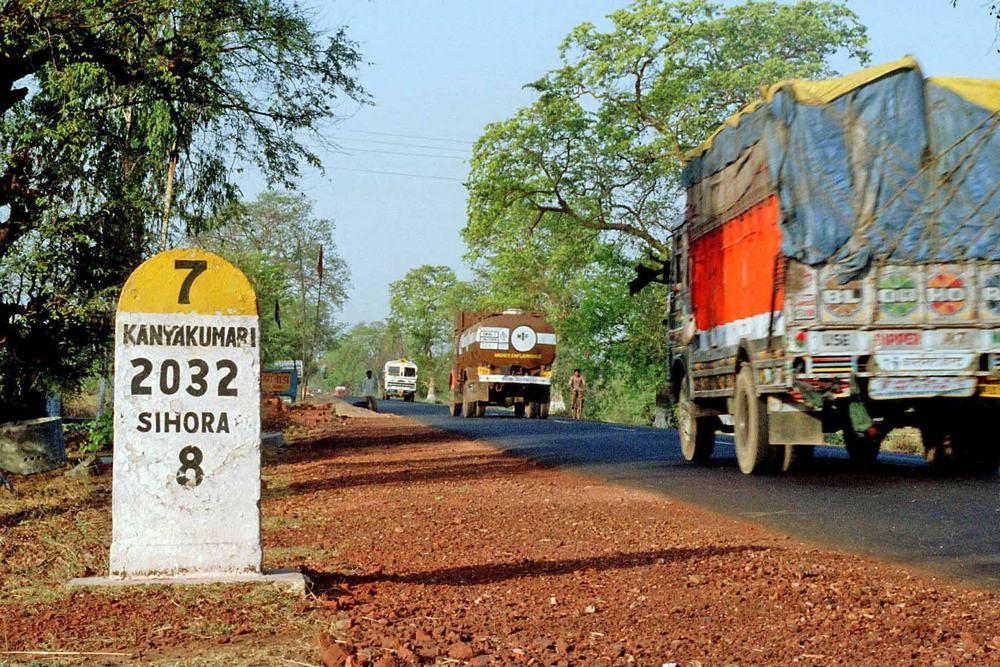


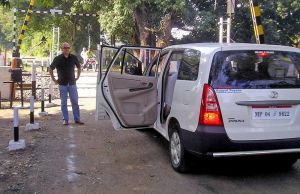


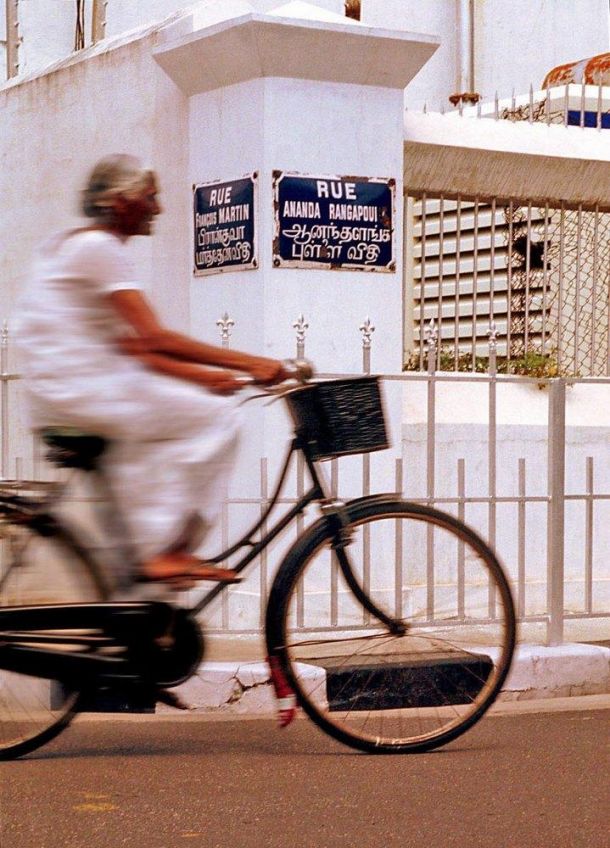

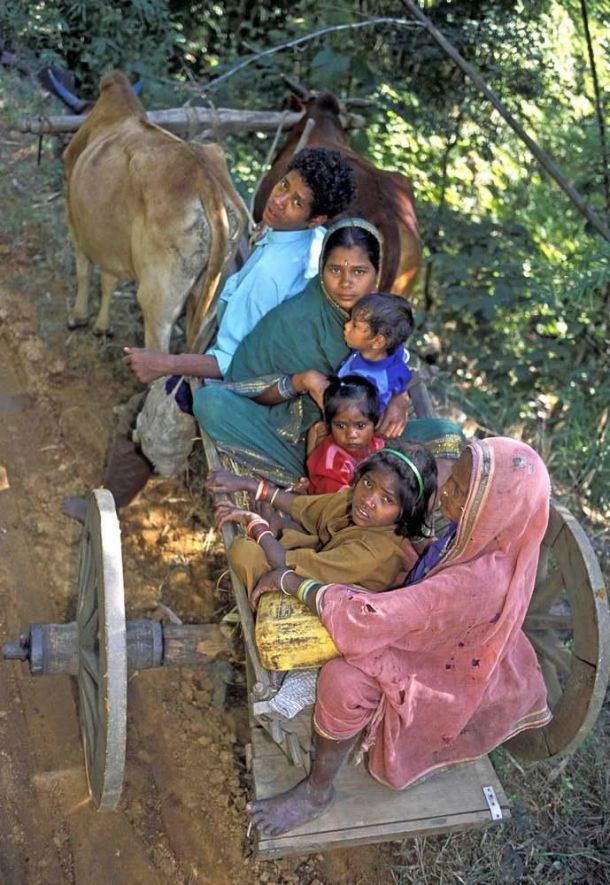

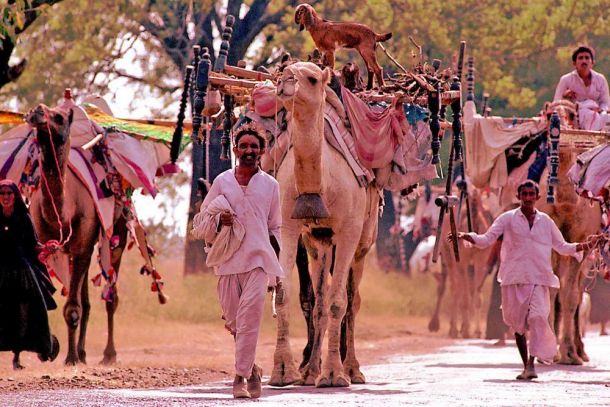





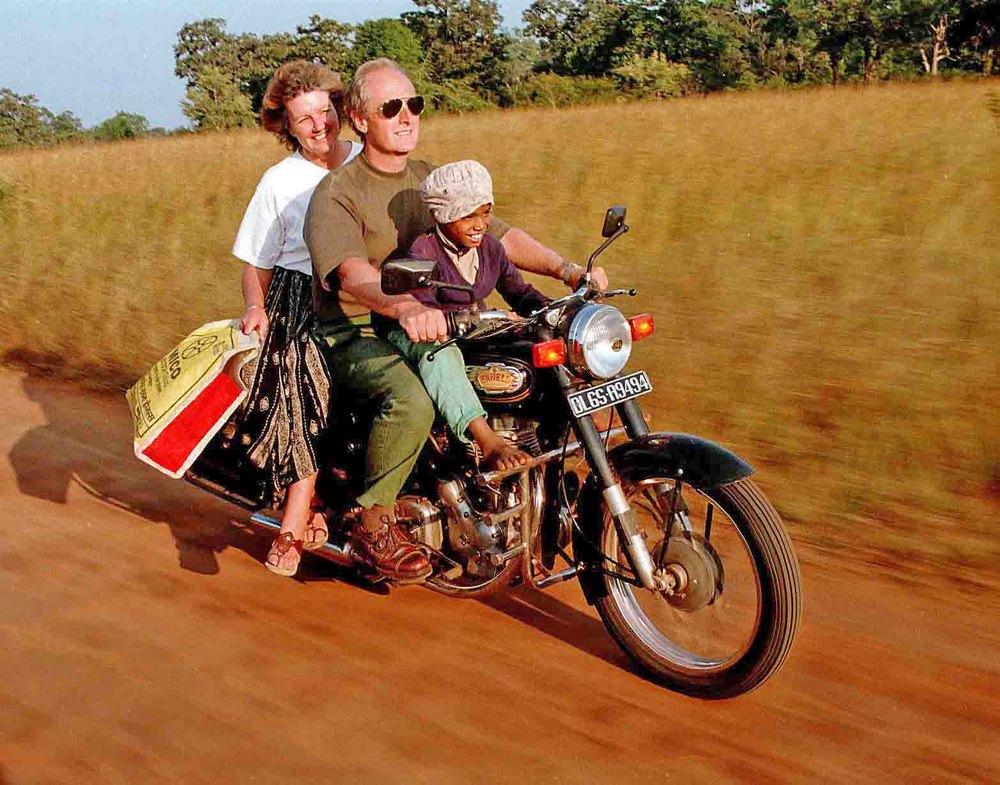

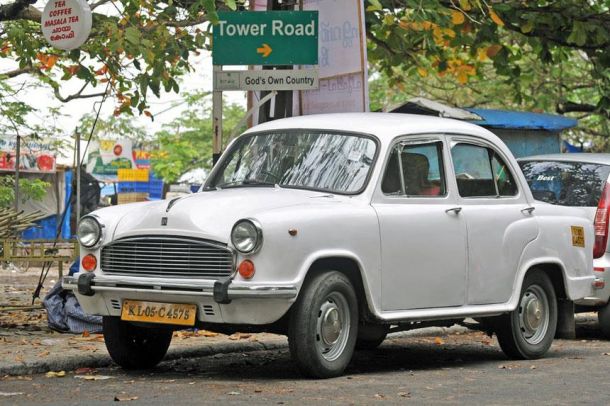
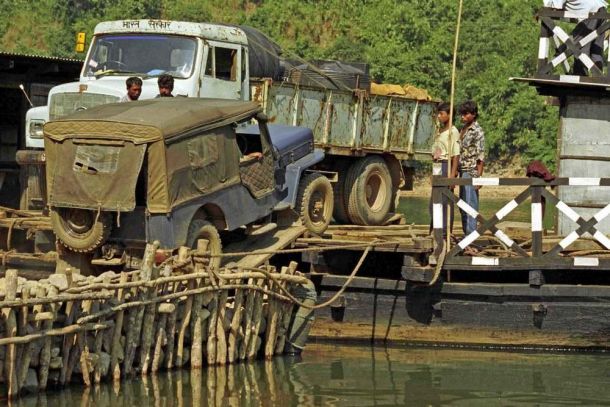


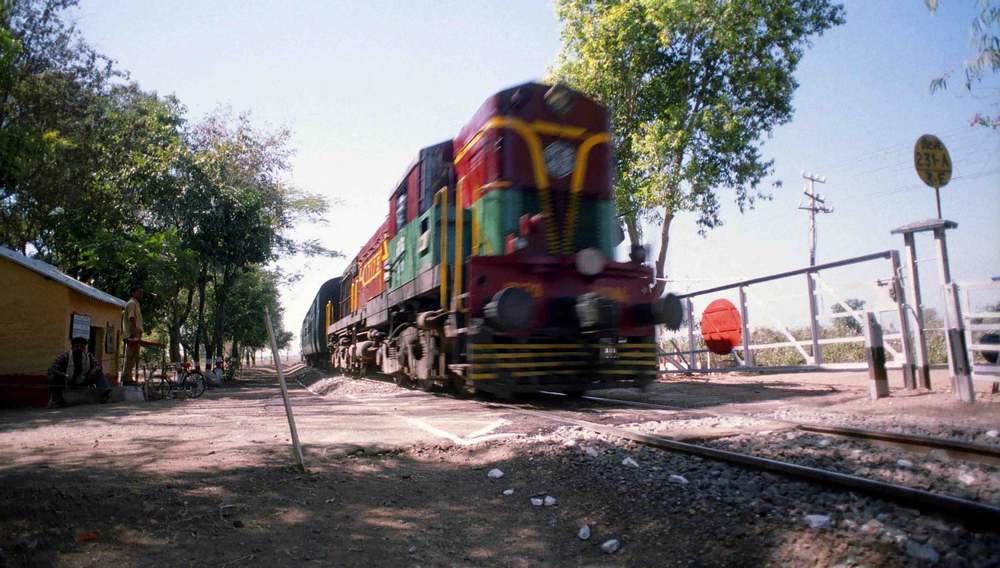












January 5, 2018
Very interesting and informative article. Thank you.
January 5, 2018
Thank you for your comment – much appreciated – we’re pleased you found it useful
January 12, 2019
Thanks for sharing this. I am really impressed with the detailed info given on this blog. I am looking forward to more blogs to read.
January 12, 2019
A genuine thank you for your kind comments – especially from someone such as yourselves
January 15, 2019
Thank you very much. I agree with your article, this really helped me. I appreciate your help. Thanks a lot. Good website.
January 15, 2019
So pleased to be of help – it’s what we always aim to do.